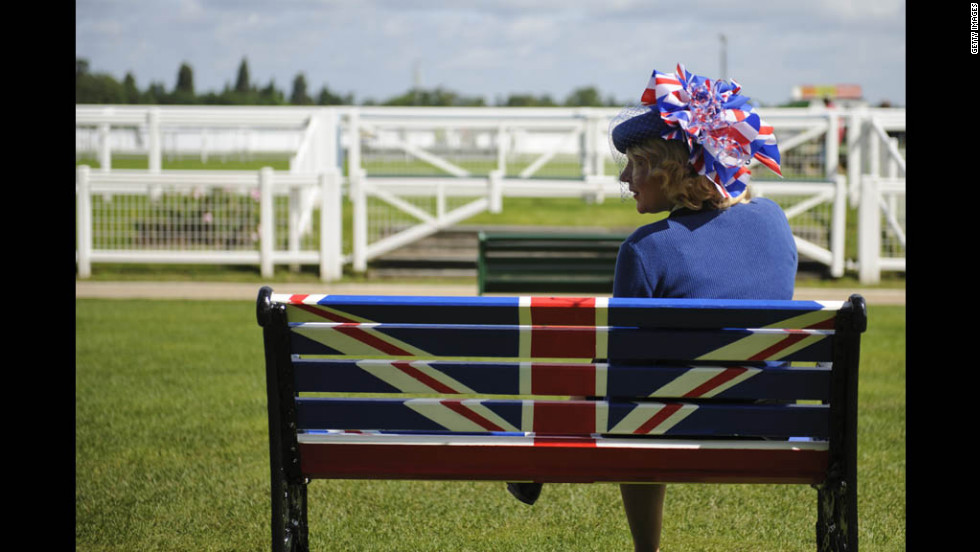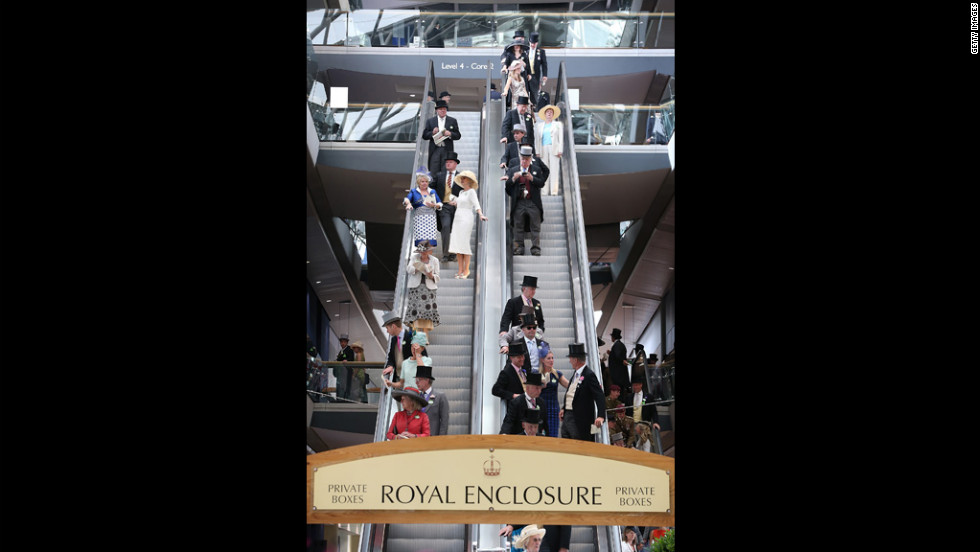Story highlights
- Royal Ascot 2012 has a strict dress code which race goers must follow
- Dress code administrators will be on hand to make sure standards are maintained
- The Berkshire venue's Royal Enclosure has the strictest dress code
- Ascot racecourse was founded by Queen Anne in 1711
Finery and high fashion have long been synonymous with the Royal Ascot race meeting, and this year patrons are being scrutinized to a level which is almost unparalleled in the world of sport.
Ascot takes fashion so seriously there are even dress code administrators on hand to assess the thousands of people who descend upon the Berkshire venue, with a strict list of dos and don'ts issued to prevent standards slipping.
The Royal Enclosure, where Queen Elizabeth II watches all five days of the meeting, is where the most stringent regulations are enforced -- including a ban on the ever-popular fascinator.
To ensure fashion decorum, Royal Ascot's organizers have gone as far as to publish style guides for race goers who will be mingling with British high society at one of the social calendar's most prestigious events.
With all eyes fixed on female visitors during Thursday's Ladies' Day, the women's checklist for the Royal Enclosure is detailed.
All dresses must be of "modest" length -- defined as "falling just above the knee or longer."
Shorts are a no-no, as are shoulderless dresses. Women are permitted to wear pants, providing the color and material of them matches what is on display above the waistline.
The dress code administrators will also be on hand to offer pashminas to any woman who may have misunderstood the regulations.
If you are belly dancer it is probably best to give Ascot a wide berth as midriffs must be covered at all times. And if you like to attend sporting events in fancy dress forget it -- pantomime horses are banned.
For the gentlemen who enter Royal Ascot's inner sanctum, black or gray morning wear is de rigueur -- shoes, a waistcoat and tie and, of course, a top hat. In the more relaxed grandstand, a suit will ease you past the fashion police.
However, if you thought dusting off your cravat for a day at the races was acceptable think again -- such neckwear is strictly verboten.
"Horse racing's roots as the 'sport of kings' obviously suggest a pleasure pastime for the elite," Willie Walters, the fashion course director at London's Central Saint Martins college of art and design, told CNN.
"In the past this would have been, depending on the monarch, an opportunity for either ostentatious displays or relatively tasteful, yet expensive, modesty.
"The code would denote respect for the monarchy, particularly when they were actually present."
The dress code also helps to define the class superiority of the crowd and keep out the great unwashed.
"Any prestigious occasion will have a code to reflect the status of the racegoers regardless of which country it is held," said Walters.
"All codes are aimed at excluding someone. Our dress is a key signifier of class or our clan, very much so in the UK."
Walters also argued Royal Ascot's 2012 dress code could be a not-so-subtle hint aimed at encouraging certain punters to cover up.
"I don't think that the wish here is to exclude them but to oblige them to cover up by setting strict parameters," he said.
"However the fun of strict rules is seeing how far you can bend them -- anyone who ever wore a school uniform can tell you that!"



















































































































